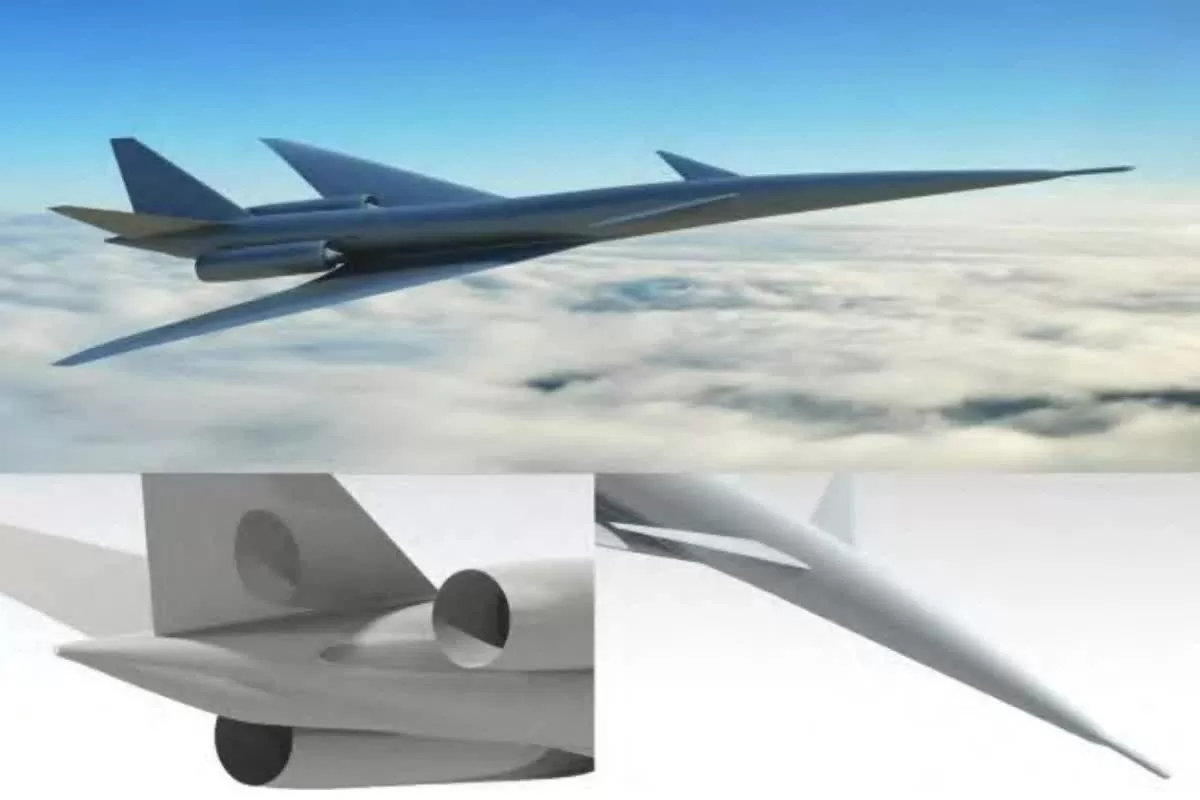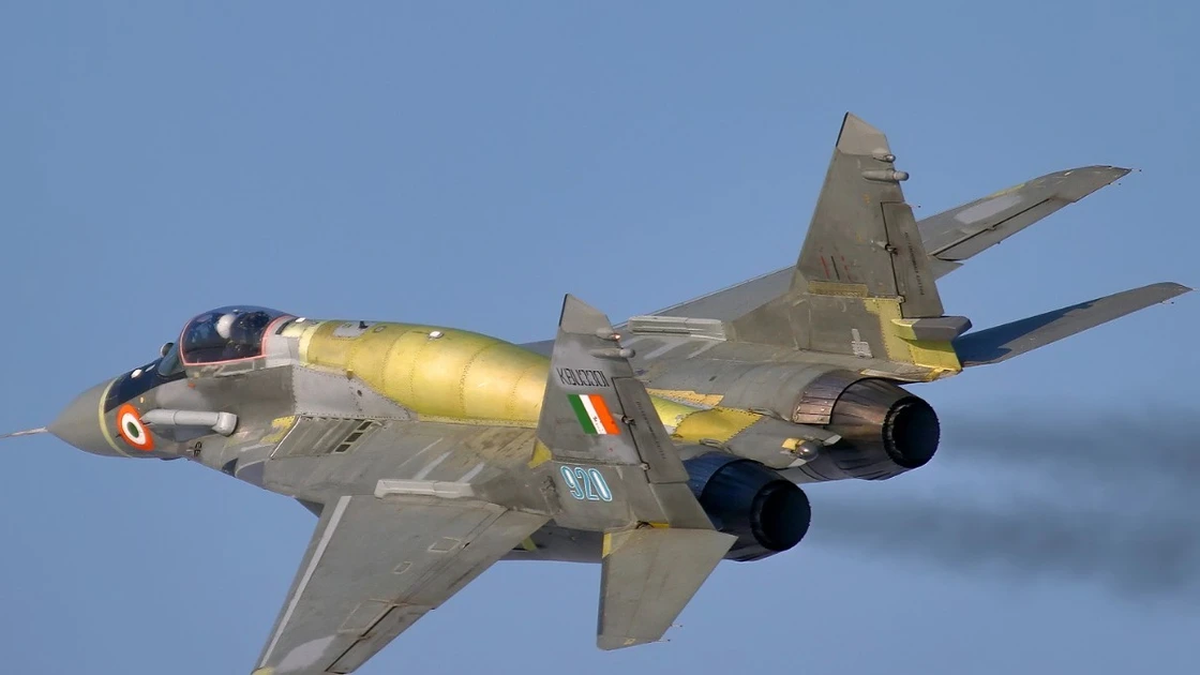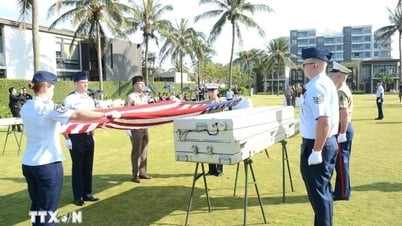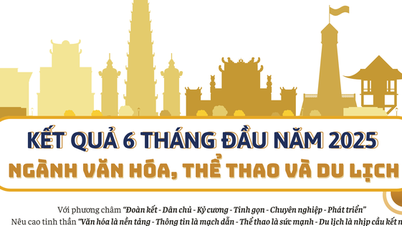 |
| C949 - a supersonic passenger aircraft project with many breakthrough features, has just been announced by Chinese "aerospace giant" Comac. (Source: Comac) |
In a paper published in the journal Acta Aeronautica Sinica on March 14, Comac engineers revealed the design of a Mach 1.6 passenger jet designed to fly much farther and more smoothly than the once-glorious Concorde – a feat that could put China at the forefront of a 21st-century renaissance in supersonic aircraft technology.
Wu Dawei, Comac's award-winning aerodynamicist, said the C949 project aims to extend the flight range by 50% compared to Concorde, reaching 11,000 km instead of 7,200 km, while reducing the sonic boom to 83.9 decibels (PLdB), equivalent to the noise of a hair dryer.
The noise reduction to just 1/20th that of Concorde was required to meet regulations banning supersonic flights over land. The fuselage design has a backward-curved midsection that helps attenuate the shock wave, delaying its transformation into a loud bang.
The C949's aerodynamic structure includes a long nose to disperse the shock wave into three smaller pulses, while aerodynamic blocks near the engine help reduce exhaust turbulence, limiting the resulting explosion noise.
To ensure stability in complex aerodynamic conditions, the aircraft will use an AI-integrated fly-by-wire control system, allowing full control and compensation for instability at large yaw angles.
The C949's takeoff noise meets International Civil Aviation Organization (ICAO) Chapter 14 standards, an important regulation for urban airports.
| Related News |
 US launches tactical missile with 'super-huge' range, promising to shape new game in the air US launches tactical missile with 'super-huge' range, promising to shape new game in the air |
In terms of passenger cabins, the C949's business class cabin is designed with 28-48 seats, significantly narrower than the Concorde's 100-passenger capacity. However, with its extended range, the C949 can fly non-stop from Shanghai to Los Angeles in just 5 hours.
Comac's announcement of details comes amid rapidly escalating technology competition between the world's two superpowers, the United States and China.
According to researchers, the C949 will compete with similar projects from other countries, typically NASA and Lockheed Martin's X-59 (USA).
The winning nation will be in a position to “rewrite the rules of global aviation”.
Comac said the C949 is aiming to be widely used, contributing to a revolution in the field of aviation and tourism . "The number of passengers using a potential supersonic aircraft could reach 45 million people" - about 1% of the total global air passengers each year - the design team estimated.
Initially, the C949 - a passenger aircraft - will target trans- Pacific routes via ocean corridors to minimize noise complaints.
The airline is also aiming to launch the twin-aisle C929 in 2027 to compete directly with the Boeing 787; the 400-seat C939 in 2039 to compete with the Boeing 777X and to officially put the C949 into operation in 2049 - as a meaningful milestone on the occasion of the 100th anniversary of the country's founding.
However, the biggest obstacle facing the C949 is still the issue of aviation safety and security, especially the psychology of using supersonic aircraft. Remember, the tragic Concorde crash in Paris in 2000 that killed 113 people is still a black mark in the history of world aviation.
Source: https://baoquocte.vn/trung-quoc-tung-mau-may-bay-sieu-thanh-cho-khach-moi-uu-viet-hon-ca-concorde-khang-dinh-tham-vong-thong-tri-bau-troi-309126.html




















































![[Maritime News] More than 80% of global container shipping capacity is in the hands of MSC and major shipping alliances](https://vphoto.vietnam.vn/thumb/402x226/vietnam/resource/IMAGE/2025/7/16/6b4d586c984b4cbf8c5680352b9eaeb0)














































Comment (0)